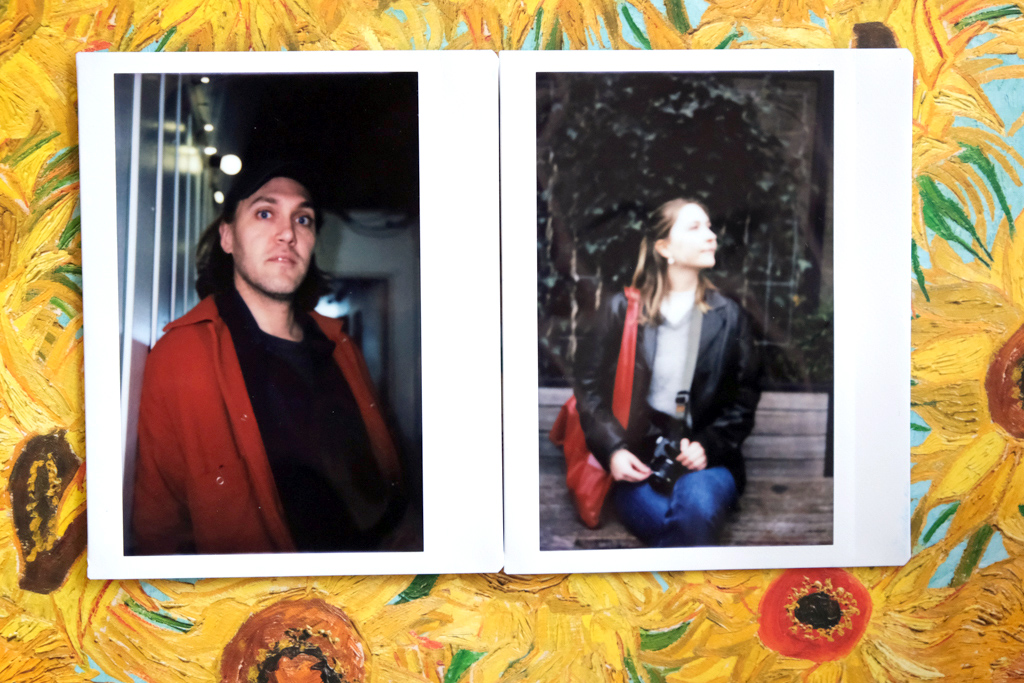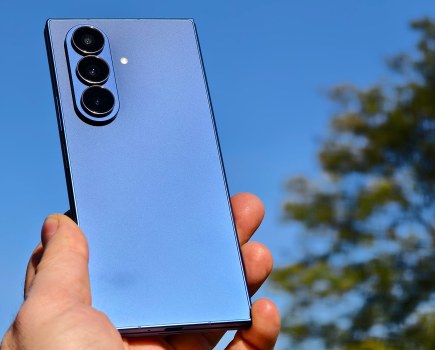Amateur Photographer verdict
The Lomo’Instant Wide Glass gives a good level of control, and takes some nice looking photos, all while using readily available Instax Wide film.- Larger film size suits shooting portraits
- Offers photographers more creative control
- Glass lens delivers good results
- Auto exposure and viewfinder aren’t very reliable
Instax and Polaroid have both recently released new instant cameras. The Lomo’Instant Wide Glass looks like a promising competitor – Isabella Ruffatti tests it.
Lomo’Instant Wide Glass at a glance
- Brown and silver body with retractable lens
- Compatible with Fujifilm Instax Wide instant film
- 190mm x 120mm x 130mm (with lens), 907g
- Takes 4 x AA batteries, 1 x CR2025 (remote)
- Price $279/£249
- https://shop.lomography.com/
Camera body and design
Taking its extended lens into account the Lomo’Instant Wide Glass is much heavier and larger than the Instax Wide Evo and Polaroid I-2. Several people asked me what film size this camera took. The answer is regular Instax Wide film.
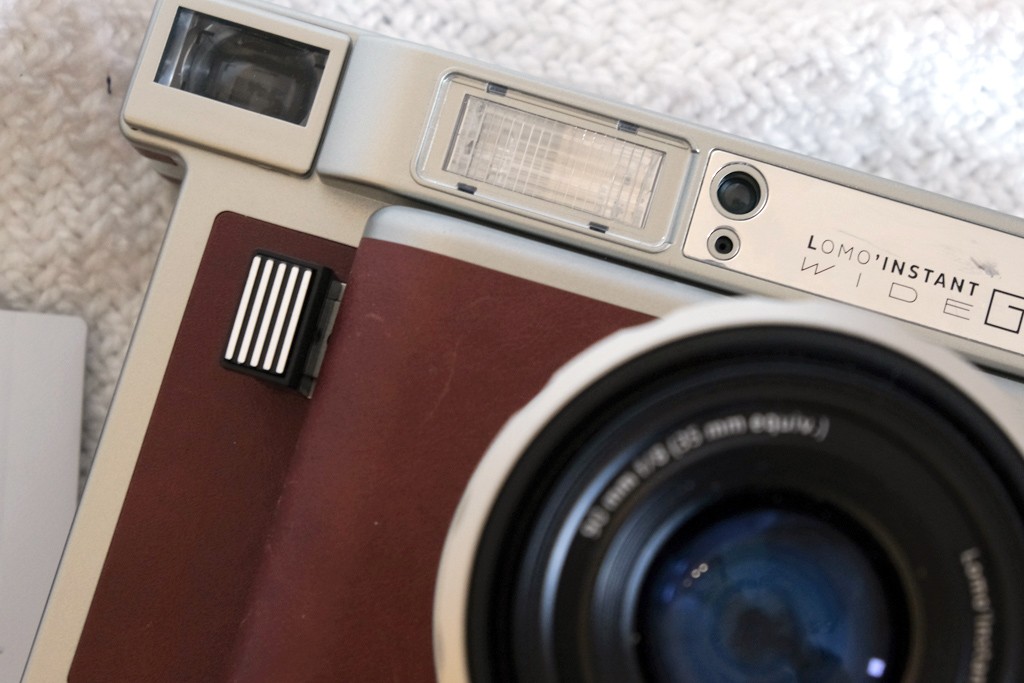
The body is mostly plastic but it does not look cheap. Its chunky metal barrelled 90mm (35mm equivalent) f/8 lens is as impressive as its long list of features.
These features are easily accessed through buttons located on the back of the camera. There’s a lever to turn on the camera as well as select one of four shooting modes: Automatic (A), Bulb (B), f/22, and fixed shutter speed mode 1/30. There’s a button to turn the flash on and off, the MX button, and an exposure compensation (+1, 0, -1) lever. The MX button activates the multiple exposure feature, then prints out your photo when pressed again.
Similarly to Instax cameras, you rotate its focus ring to select one of its four focus zones, from as far away as infinity to as close as 0.3 meters. A series of icons on the lens provide a useful guide if you struggle calculating distance. An icon of a person from the waist up accompanies the 1-2 meter marker while another icon of a person from the shoulders up accompanies the 0.6 marker.
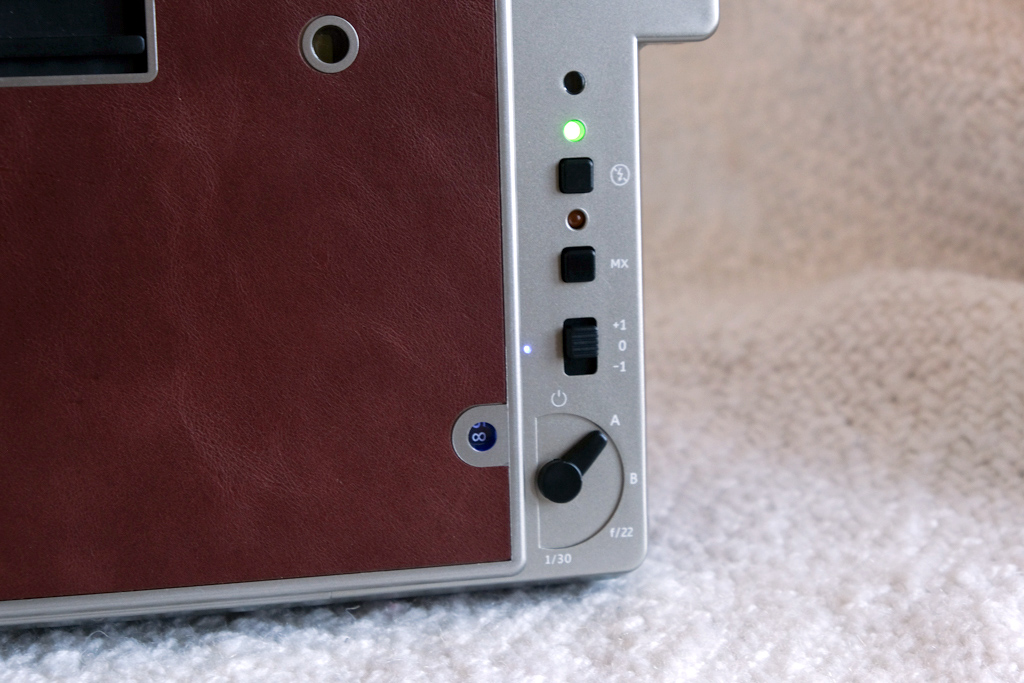
The optical viewfinder is to the side and has two sets of markers to correct for parallax when focusing at 0.6 meter or 0.3 meter distances. There is a tripod mount on the bottom, which adds stability when mounting the camera.
The Wide Glass comes with a lens cap, which also doubles as a remote control shutter release. There’s a Splitzer too, a lens attachment that blocks a portion of the frame, as well as a PC-sync flash port, so you can attach an off-camera flash. Lastly, there’s a very helpful series of flashcards which provides tips and further information on the camera’s features.






There is currently only one colour option – brown and silver. Lomography has released special editions of its regular Wide cameras before so it’s worth checking back in future to see if any new colours are released.
Shooting experience
The rectangular shutter button at the front that presses inwards instead of down took some getting used to but this camera is very easy to use. Despite its size, the Wide Glass feels surprisingly light when holding it.
My only complaint about this camera is that the viewfinder’s parallax frame markers weren’t always helpful. Sunny days, and Instax film’s ISO 800 speed means it’s easily overexposed in bright light if care isn’t taken. However, this can be avoided by adjusting the exposure, shutter speed and/or turning off the flash.
The glass lens consistently produced quality, razor sharp prints, even of macro subjects. While the camera lends itself to portrait and landscape photography, it may not be the best choice for street photographers. Getting the decisive moment was difficult and bringing it with me on a photo walk without the camera secure atop a tripod or hanging from a strap is very anxiety-inducing.
Shooting multiple exposures, Bulb mode, and using the coloured gel filters and the Splitzer in the studio was a lot of fun and rewarding.
Value for money
The Wide Glass is a very exciting camera and stands its ground well against other high-end instant cameras. You could look at the Lomo’Instant Wide (with plastic lens) to save money, the new Polaroid Flip, and if you want the most creative control, the Polaroid I-2, which has a lot in common with the Wide Glass, but allows you further control over aperture and shutter speed which could make the near $500/£500 camera worth it for some photographers.
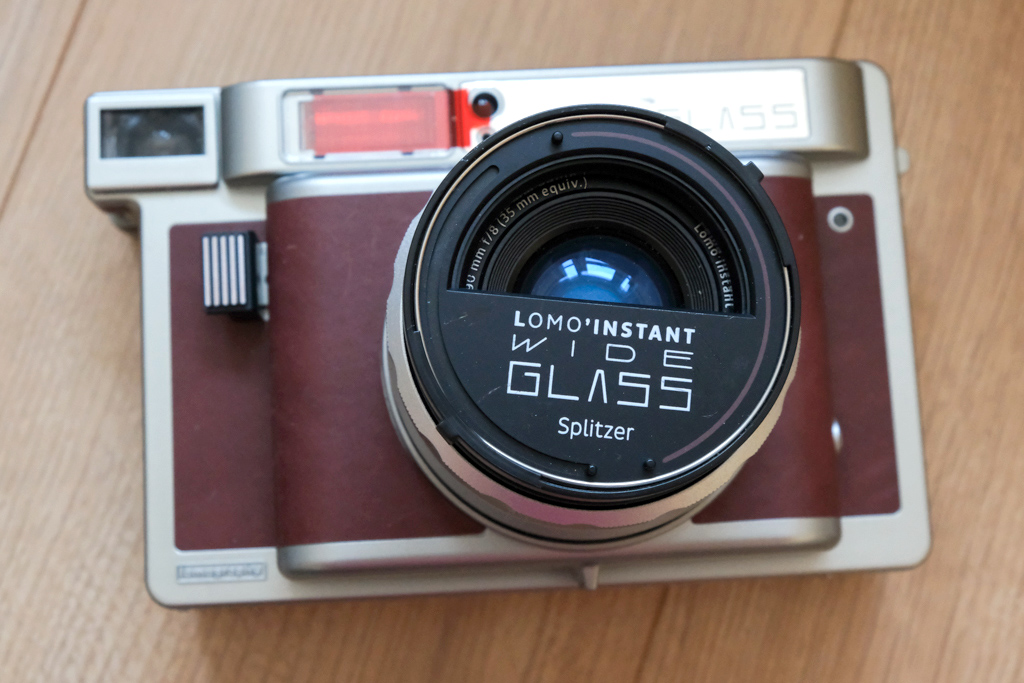
The Wide Glass is still a good professional option for studio film photographers who are not on board with spending more than $300/£300.
And if the Lomography Wide Glass is still too expensive for you, there are older Lomography Wide models that share most features with the Wide Glass. These start at $169/£149 and would be ideal for those willing to compromise on the glass lens.
Verdict
The Lomo’Instant Wide Glass promises a lot of things. There have been excellent newer instant cameras like the Polaroid I-2, Polaroid Flip, Instax Wide Evo, and Mini 99 which allow photographers differing degrees of creative control over their photos at a variety of prices.
The Wide Glass stands out among these as an advanced instant camera, that is accessible while not compromising on quality thanks to the glass lens. Most importantly, it is also a whole lot of fun!








